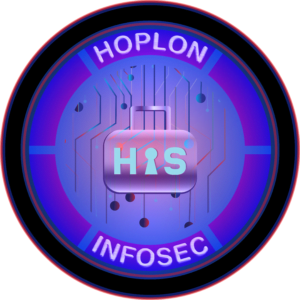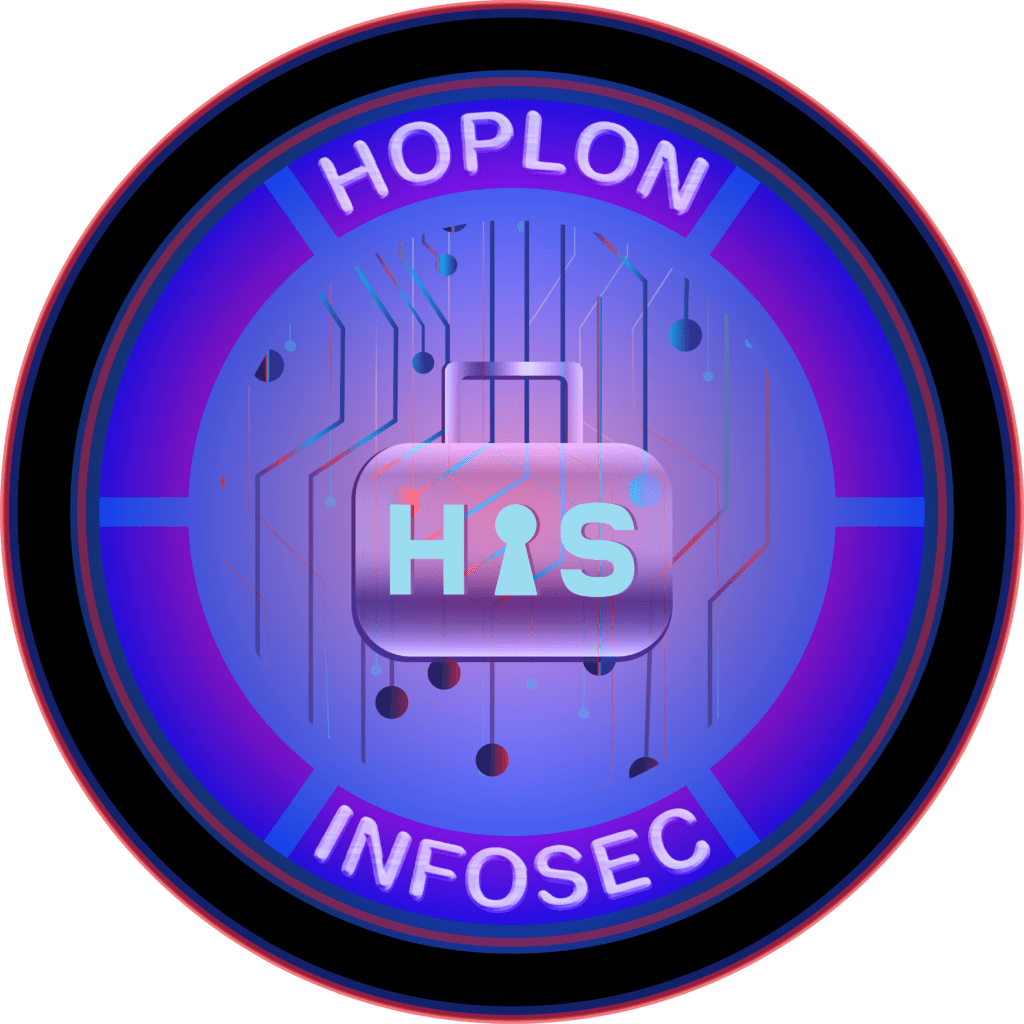Imagine this: It’s May 5, 2017. Just two days before the final round of the French presidential election. Emmanuel Macron, the pro-EU centrist candidate, is leading in the polls. Suddenly, 9 gigabytes of confidential campaign data—emails, financial records, and strategy documents, are dumped online. The internet explodes with the hashtag “MacronLeaks.”
It wasn’t just a data leak. It was a calculated move designed to cast doubt, sow confusion, and possibly tip the balance of the election. And it happened at the very moment French law enforced a media blackout, preventing candidates from defending themselves.
What Happened?
The Macron campaign had been quietly under attack for weeks before the dump. Hackers used classic spear-phishing techniques—sending emails that looked real but weren’t. These emails tricked campaign staff into handing over passwords by mimicking trusted sources or legitimate sites. A few clicks, and the attackers were in.
Once inside, they harvested email inboxes, chat logs, spreadsheets, and confidential notes. The attackers didn’t just collect data. They blended real documents with fake ones, making it hard to tell truth from fiction. Then, just before the election, the material was dumped on platforms like Pastebin and 4chan and rapidly spread via thousands of automated social media bots.
Who Was Behind It?
This wasn’t the work of teenagers or hacktivists. The techniques and digital fingerprints point to APT28, also known as Fancy Bear—a cyber-espionage group linked to Russia’s military intelligence service (GRU). The infrastructure used—domains, email phishing formats, and metadataf mirrored earlier attacks by this group during the 2016 U.S. elections.
Cyber experts later confirmed that these attackers used Cyrillic characters in document metadata and reused previously identified Russian hacking tools. Their intent wasn’t to shut down servers or steal money—it was to manipulate perception and influence democracy.
The Workflow of the Attack
How the Macron Campaign Was Hacked: A Real-World Workflow Breakdown
The 2017 Macron campaign hack followed a disturbingly simple and highly effective workflow—one that every organization should understand to avoid similar threats.
It began with a series of spear-phishing emails. These messages were carefully crafted to appear legitimate, often imitating known contacts or internal addresses. Sent directly to campaign staff, they carried an air of trust that lowered defenses.
When staff members opened these emails, many unknowingly clicked malicious links. These links led to counterfeit login pages that mimicked real platforms. Once credentials were entered, the attackers had full access—no alarms triggered, no warnings shown.
With valid credentials in hand, the hackers infiltrated inboxes and cloud systems silently, staying undetected for weeks. During this time, they didn’t just copy information—they observed, harvested, and built a complete picture of the campaign’s internal strategies and communications.
After collecting the data, they took it a step further. Some files were manipulated or falsified, blurring the line between truth and misinformation—an effort designed to damage credibility.
Finally, just before France’s media blackout period before the vote, the attackers released the stolen archive online. The timing was strategic: there could be no official response, no live media rebuttal. At the same time, automated bots flooded social platforms with the hashtag #MacronLeaks, amplifying the material in front of millions of users across Twitter, Facebook, and fringe forums.
This isn’t just a political cautionary tale—it’s a masterclass in coordinated digital sabotage. And for businesses, campaigns, and public institutions alike, the lesson is clear: strong endpoint security, phishing awareness, and social media monitoring are no longer optional—they are essential.
Hoplon Infosec offers the tools and services to stop attacks like these before they ever begin. Let’s secure your team before the next headline has your name in it.
What Was Lost?
The direct financial loss is hard to calculate, but the damage to trust and campaign momentum was clear:
- Reputational damage: Opponents seized the moment to imply wrongdoing.
- Crisis response cost: The campaign had to hire emergency IT and PR consultants overnight.
- Public confusion: With fake documents mixed in, many were unsure what to believe.
- Operational disruption: Staff lost time and morale trying to contain the leak.
- Cybersecurity expense: The campaign and later the French government had to invest heavily in post-election security upgrades.
Still, Macron won the election decisively. French media respected the blackout laws and did not amplify the leaks. Voters largely ignored the noise.
How People Could Have Been Attacked This Way
You Don’t Have to Be a Politician to Be a Target
Sophisticated cyberattacks, like the one that hit Emmanuel Macron’s campaign, don’t just happen to politicians. The same methods are used every day against businesses, students, and regular users. The entry point? Trust—and one wrong click.
Who’s at Risk?
Cyberattackers use familiar methods to compromise anyone, including
· Corporate staff, via fake HR, IT, or payroll emails.
· University students, through fake portal logins or academic notices.
· Social media users, through malicious DMs or sponsored fake campaigns.
The Attack Workflow: How It Happens
Here’s how these attacks are carried out operationally—fast, silent, and efficient:
1. Reconnaissance & Targeting
The attacker gathers public and private data about you—your employer, job title, or social connections.
2. Phishing Setup
A realistic-looking email arrives. It might claim to be from HR, your IT department, or your university. The email urges you to “verify your account,” “reset your password,” or “confirm identity.”
3. Credential Harvesting
The link leads to a cloned login page. You think it’s real—and you enter your username and password. In seconds, your credentials are in the attacker’s hands.
4. Silent Intrusion
The attacker logs in using your real password. No alarms go off. Unless you have multi-factor authentication (MFA), they’re inside—reading emails, accessing systems, and preparing for deeper exploitation.
5. Lateral Movement
The attacker might then move through your network, infect shared drives, or escalate privileges—all without detection.
What This Taught the World
The MacronLeaks incident wasn’t just a French story—it was a global lesson in cyber warfare.
- Elections are now digital battlegrounds.
- Phishing is still the number one attack method—and it works.
- Blending real with fake documents is more powerful than deleting or stealing.
- Media timing can be weaponized to silence response and amplify chaos.
The French government responded by increasing cybersecurity around elections. Officials monitored social media bots, built early warning systems, and launched cyber awareness training for public servants and campaign teams.
What You Can Do
This could happen to any business, NGO, university, or media outlet. Here’s how to protect yourself:
- Train your team to recognize phishing emails.
- Use multi-factor authentication for all logins.
- Monitor social media for bot activity if you’re a public-facing brand.
- Segment internal data so a single breach doesn’t expose everything.
- Test your defenses with cybersecurity audits and penetration testing.
Book a Consultancy with an Industry Expert Now:
At Hoplon Infosec, we specialize in endpoint security that closes these gaps before attackers get in. From real-time credential protection to phishing detection and multi-layered access controls, our endpoint defense solutions are built to stop exactly these kinds of operations—before they reach you.
✅ Book your free cybersecurity assessment today.
Let’s review your systems and close your weak points before someone else finds them.
Final Thought
The Macron campaign hack wasn’t about stealing votes. It was about stealing trust. It aimed to manipulate public opinion, distract from the real issues, and weaken democracy through confusion.
The attackers failed—but just barely. And next time, they might not.
At Hoplon Infosec, we believe that defending against these threats isn’t just a technical job—it’s a responsibility to the public. That’s why we offer endpoint security solutions designed for campaigns, media, and organizations at risk. From phishing simulations to email protection and behavioral monitoring, we help teams like yours stay ahead of the next breach.
Don’t wait until your inbox is on Pastebin.
Secure it now.






